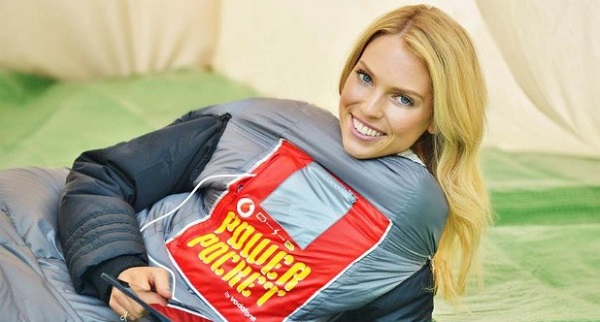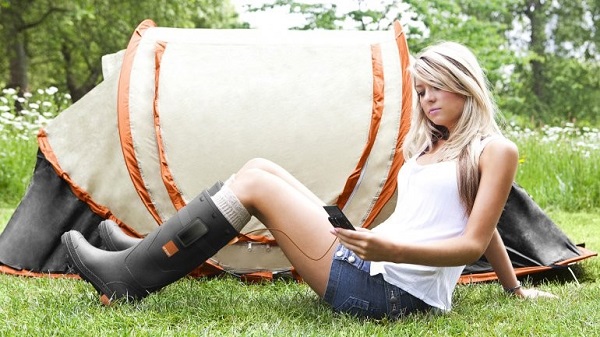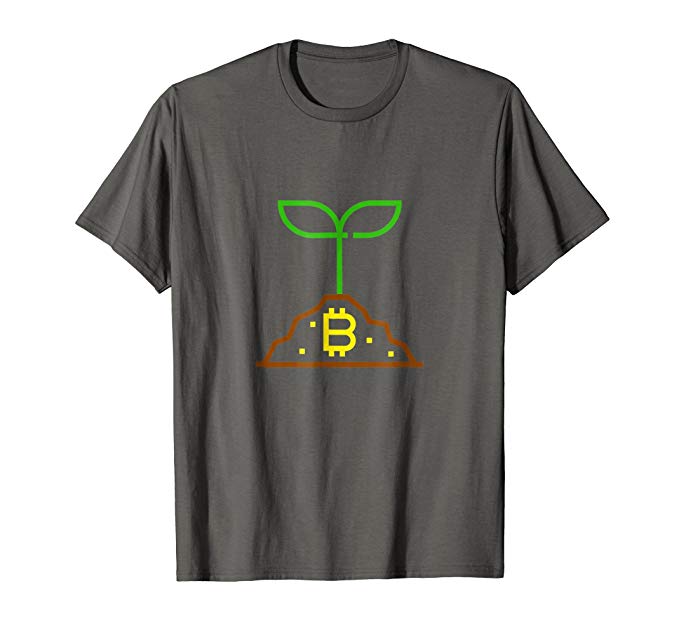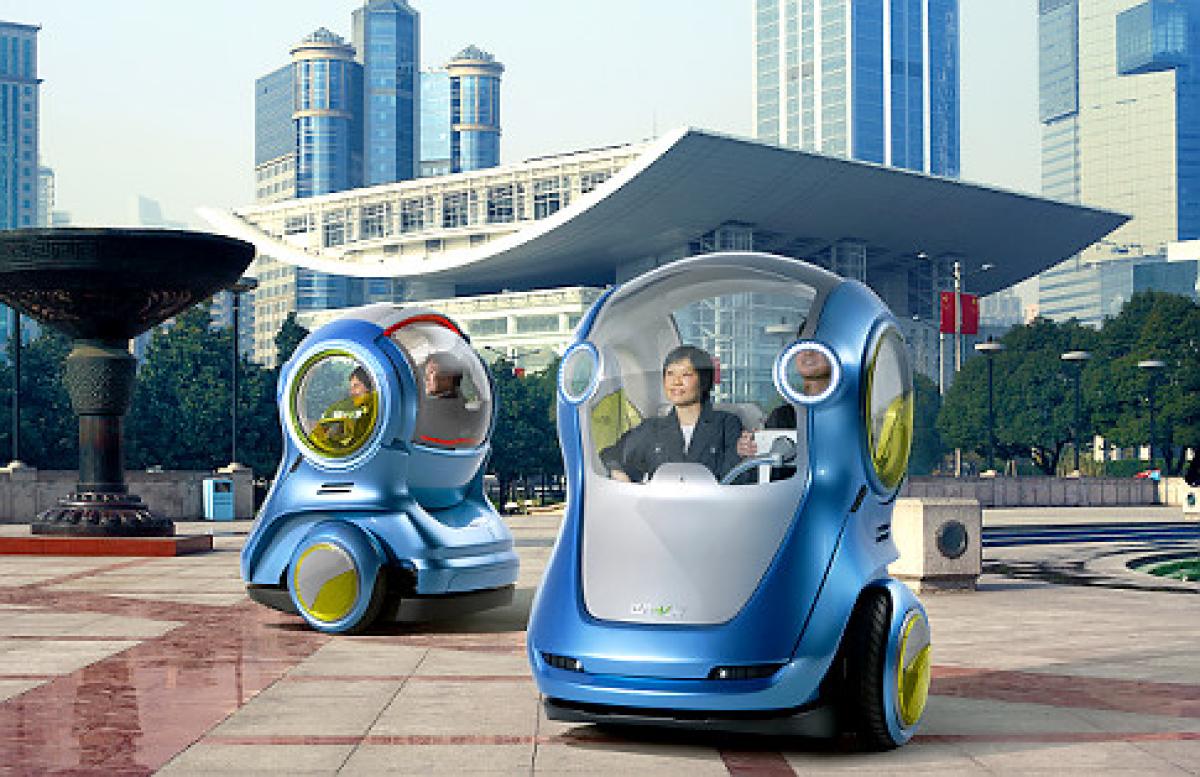Are you getting hot this summer? Well, thanks to Vodafone, you might put that warmth to some good use. The company has tested its revolutionary phone charging technology at a festival this weekend.
Basically, Vodafone’s Power Pocket is based on the Seebeck effect, which explains the generation of electric current when there is a certain difference in temperature between the human body and the environment. The thermoelectric materials were sewn into a sleeping bag, henceforth referred to as Recharge, and a pair of short pants called Power Shorts. Of course, Vodafone picked women to demonstrate the technology, as far less people would adopt a technology that is showcased in the form of shorts worn by hairy men. It’s pure sexual discrimination, but that’s basically how marketing works nowadays.

In an press release, Steve Beeby, Professor of Electronic Systems at the University of Southampton and member of the Electronics and Computer Science Department that developed this technology, stated: “Basically, we’re printing down pairs of what are called ‘thermocouples’. You print lots of those down and connect them up to make a thermoelectric module.”

Depending on the phone that is charged, an eight-hour sleep should provide an average of 24 minutes of talk time or 11 hours of standby time. Hopefully, this technology will evolve so that better results are obtained. In addition, Steve Beeby explained in an interview for Gizmag how the sleeping bag is supposed to work: “That’s assuming the inside of the sleeping bag is 37 degrees. The calculations assumed an ambient temperature of 10º C but that 17º C might be lost across other materials i.e. the thermoelectric module sees 10º C.”

Vodafone is not the first company to reveal wearables that charge smartphones. Orange, one of its main competitors came up with some thermoelectric Wellies (pictured above), and decided to test them at the Glastonbury Festival a few years back. Oh yeah, those boots were made for walkin’ and that’s just what they did, besides generating energy for charging smartphones. What I think happened is that Orange set a trend with the festivals that is now followed by Vodafone. Is is safe to adopt a similar strategy to the one your competitor came up with? I’m not that sure, but there are many young people attending festivals, and let’s be serious, pockets are far more common than Wellies.
If you liked this post, please check this solar harvesting bonsai that charges gadgets through induction and the AirVolt wireless phone charger.










